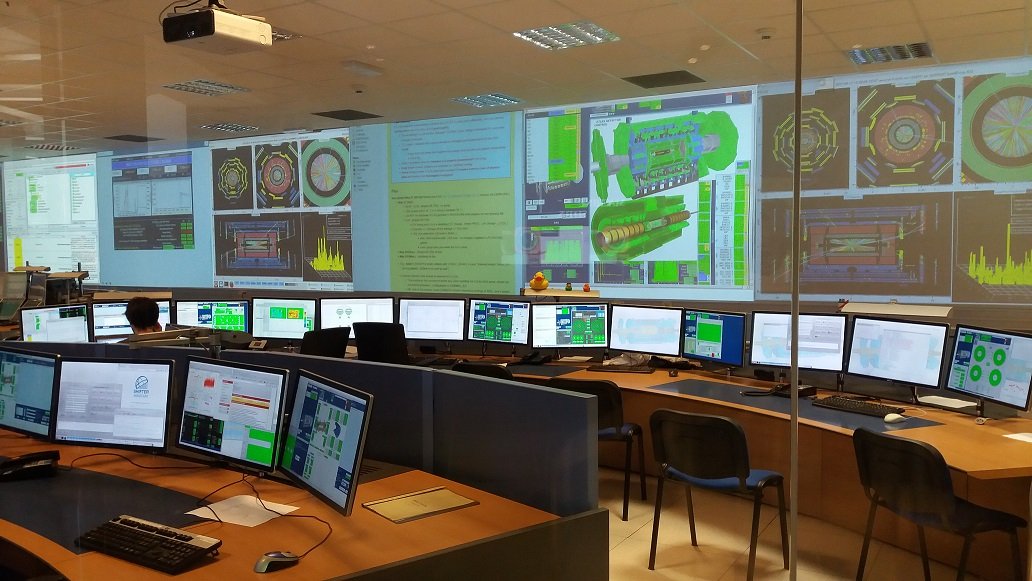In recent years, there has been a growing emphasis on creating effective corporate training environments. These training rooms are designed to facilitate learning and development programs for employees within an organization.
Setting up a corporate training room involves various systems and components to create a conducive learning environment, including:
- Audio-Visual (AV) System: An AV system includes equipment such as projectors, screens, interactive displays, audio systems, and microphones. These components allow trainers to deliver presentations, display multimedia content, and ensure clear audio for effective communication.
- Lighting System: Proper lighting is crucial in a training room to create a comfortable and visually appealing environment. The lighting system may include overhead lights, dimmers, task lighting, and natural light control mechanisms to ensure optimal visibility for participants and presenters.
- Network and Connectivity: A reliable network infrastructure is essential for accessing online resources, conducting virtual training sessions, and facilitating interactive activities. This system includes wired or wireless internet connectivity, routers, switches, and access points to ensure seamless communication and access to online training materials.
- HVAC (Heating, Ventilation, and Air Conditioning) System: Maintaining a comfortable temperature and good air quality is vital for participants’ focus and well-being during training sessions. The HVAC system helps regulate the room temperature, control humidity, and provide proper ventilation.
- Furniture and Seating: Ergonomic and comfortable furniture is necessary to support participants throughout training sessions. This includes desks, tables, chairs, and storage solutions. Flexible and modular furniture options can adapt to various training formats and group sizes.
- Acoustic Treatment: As mentioned earlier, acoustic treatment is crucial to minimize noise distractions and enhance audio quality. This may involve sound-absorbing materials, acoustic panels, ceiling treatments, and carpeting to reduce echoes and reverberation within the training room.
- Collaboration Tools: Depending on the training requirements, collaboration tools may be included, such as interactive whiteboards, flip charts, writing surfaces, and collaboration software. These tools promote engagement, brainstorming, and group activities during training sessions.
- Control Systems: Control systems allow trainers to manage various room functions easily. These may include centralized control panels or touchscreens to adjust AV settings, lighting levels, temperature, and other room parameters conveniently.
- Storage and Organization: Adequate storage solutions are necessary to keep training materials, supplies, and equipment organized. Cabinets, shelves, lockers, and mobile storage units help maintain a clutter-free environment and ensure easy access to necessary resources.
- Accessibility and Safety Systems: Accessibility features, such as wheelchair ramps, accessible seating, and assistive listening devices, should be considered to accommodate participants with disabilities. Additionally, safety systems like fire alarms, emergency exits, and first aid equipment should be in place to ensure the well-being of everyone in the training room.
Latest trends in corporate training room setups also include the use of acoustic pods. Acoustic pods, also known as soundproof pods or acoustic booths, are small, self-contained spaces designed to provide a quiet and controlled environment for various activities. They are typically made of sound-absorbing materials and feature excellent sound isolation properties.
Acoustic pods have become popular in corporate training room setups due to their ability to create quiet, private, multipurpose and focused spaces within a larger training environment, which allow multiple training sessions to be conducted simultaneously without disturbing one another. By reducing noise distractions and improving acoustics, these pods contribute to better learning experiences, increased productivity, and effective collaboration during training sessions.







